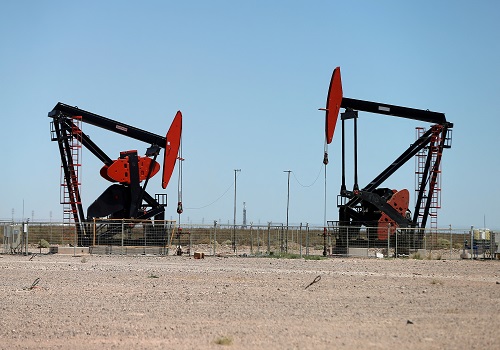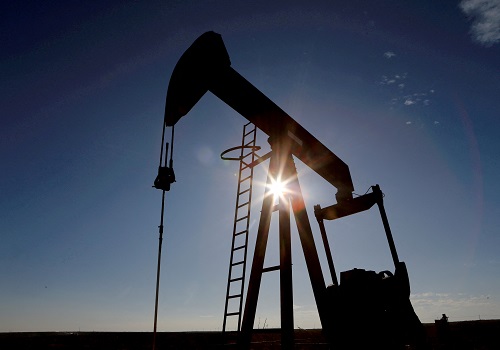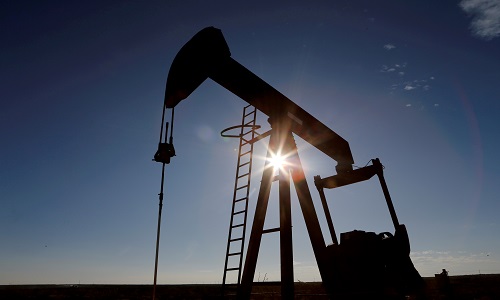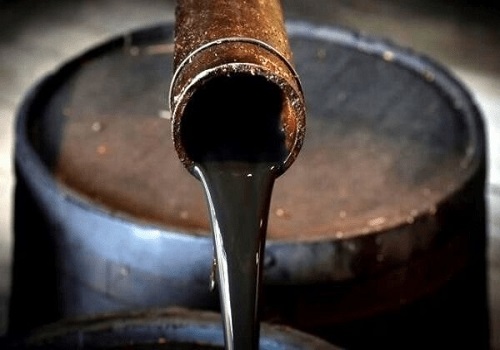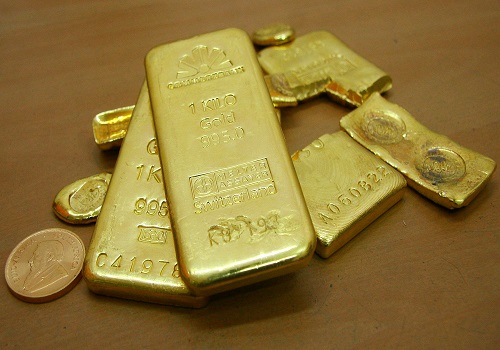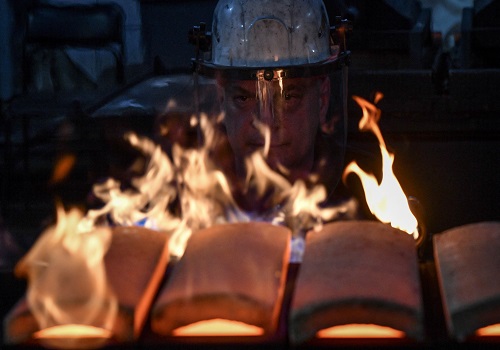Oil steadies as investors take stock of banking crisis

Follow us Now on Telegram ! Get daily 10 - 12 important updates on Business, Finance and Investment. Join our Telegram Channel
Oil prices were little changed on Friday after a meeting between Saudi Arabia and Russia calmed markets, but crude benchmarks were still headed for a second weekly fall after a banking crisis sparked a sell-off in global financial markets this week.
Brent crude futures edged up 2 cents to $74.72 a barrel by 0133 GMT, having snapped three days of losses to settle 1.4% higher on Thursday.
U.S. West Texas Intermediate crude was at $68.33 a barrel, down 2 cents after closing 1.1% higher in the previous session.
Both contracts hit their lowest in more than a year this week and are set to post their biggest weekly falls since December at about 10%. Oil and other global assets were undercut this week as the collapse of Silicon Valley Bank (SVB) and Signature Bank sent the U.S. and Swiss governments scrambling to shore up liquidity at banks.
Contagion risks among banks are still keeping investors on edge, curbing their appetite for assets such as commodities as they fear a further rout could trigger a global recession and cut oil demand.
"The sudden failure of SVB and Signature Bank forced a rethink about the health of the broader economy and spooked markets," JPMorgan analysts said in a note.
"Oil demand is being repriced, but we see little change in fundamentals and are inclined to ride out financial sector volatility, keeping our price forecasts unchanged for now as we await updates on potential policy actions in the coming weeks," the analysts said, referring to an OPEC+ meeting and Washington likely moving to start refilling strategic reserves.
The advisory committee of the Organization of the Petroleum Exporting Countries and their allies including Russia, a group known as OPEC+, will meet on April 3.
Further decline in prices may prompt OPEC+ to reduce supplies to prevent a forecast inventory build in the second quarter, analysts at National Australia Bank said in a note.
WTI fell under $70 a barrel for the first time since December 2021, possibly making prices attractive enough for the U.S. government to start refilling its Strategic Petroleum Reserve, which is sitting at record low levels.












 320-x-100_uti_gold.jpg" alt="Advertisement">
320-x-100_uti_gold.jpg" alt="Advertisement">





